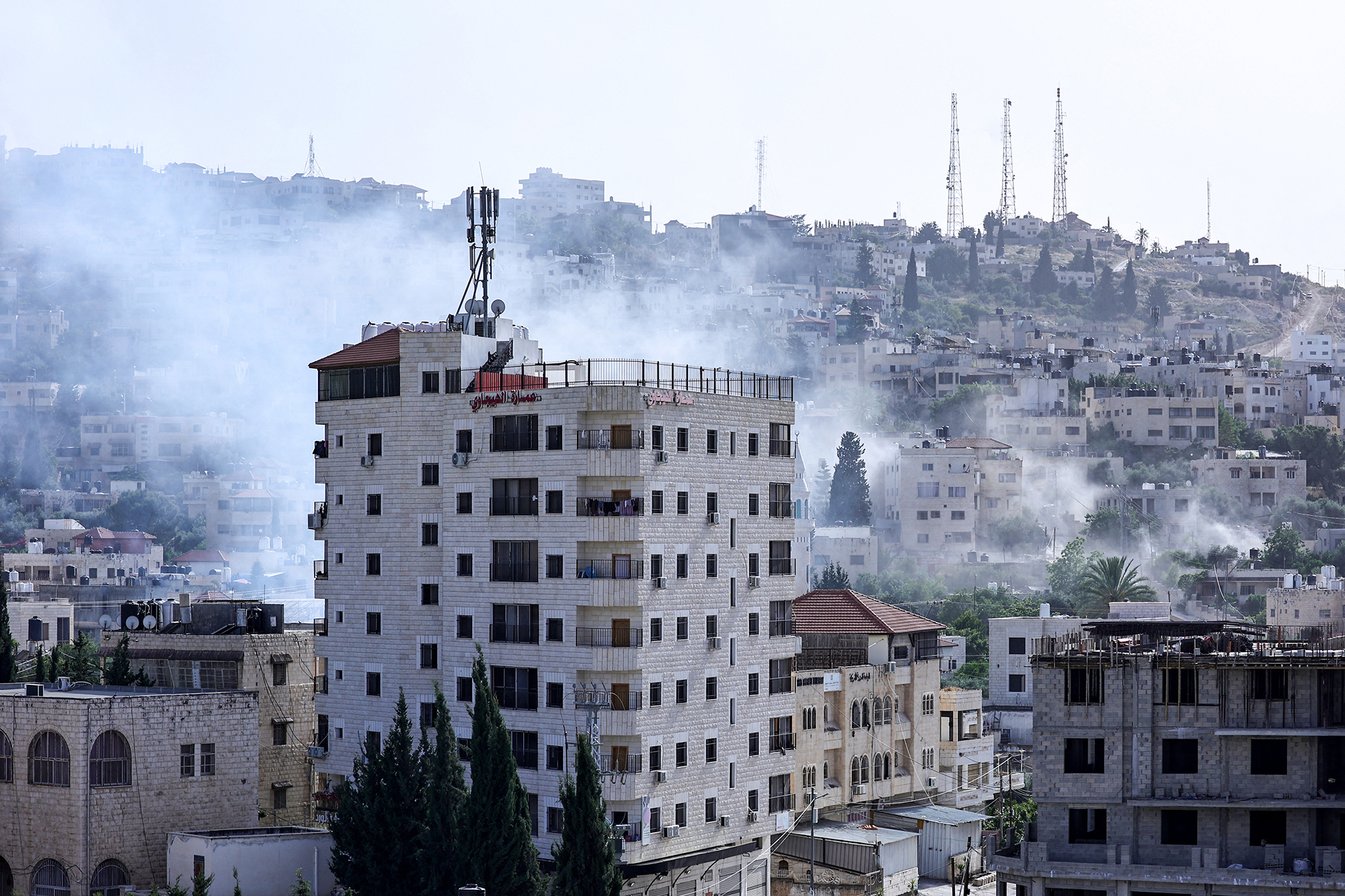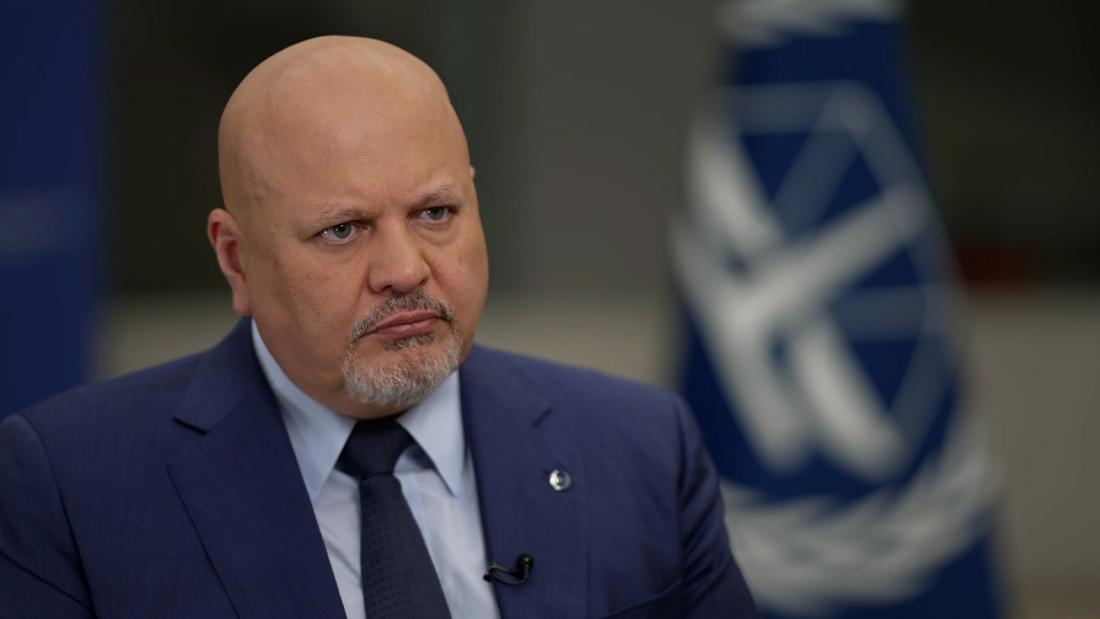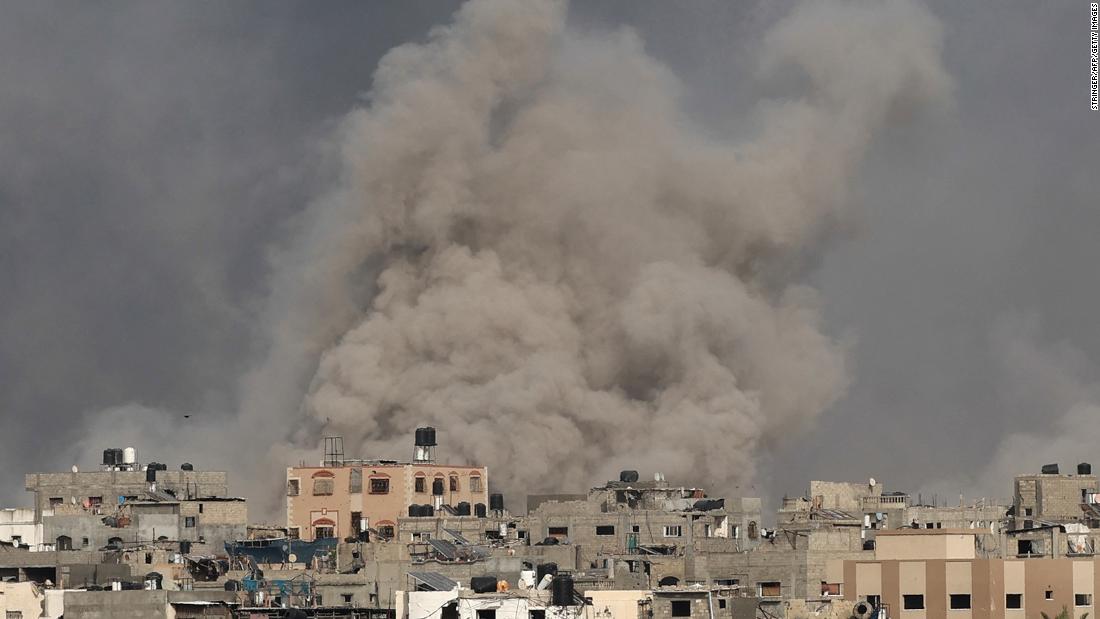Middle East Turmoil: Crisis Deepens as UN Alerts & Iran Grieves
- Update Time : Tuesday, May 21, 2024

The UN has issued an alarm regarding Gaza aid, while Iran mourns its president. The Middle East is currently facing turmoil due to these significant developments.
The United Nations‘ urgent warning about the situation in Gaza highlights the critical need for humanitarian aid in the region. Meanwhile, Iran is in a state of mourning following the death of its president, adding to the complex dynamics in the Middle East.
These events have the potential to impact the geopolitical landscape and regional stability, drawing attention from global leaders and international organizations. As tensions escalate and the situation unfolds, the world closely monitors the developments in the Middle East, recognizing the potential implications for global security and stability.
Middle East Turmoil: A Historical Context
As the Middle East continues to face turmoil, the UN sounds the alarm on Gaza aid while Iran mourns its president. The region’s complex historical context adds to the challenges of finding solutions to the ongoing conflicts.
|

Credit: www.cnn.com
Current Crisis Snapshot
|
Current Crisis Snapshot: UN Warnings: The UN raises concerns about aid in Gaza. Iran’s National Grief: Iran mourns the loss of its President. |
Geopolitical Implications
The Middle East turmoil has raised concerns about regional stability and has global repercussions. The UN’s alarm on Gaza aid highlights the urgent need for international intervention to address the crisis. Meanwhile, the mourning of Iran’s President has added a new layer of complexity to the geopolitical landscape. These developments have the potential to destabilize the entire region and could spark heightened tensions with far-reaching consequences.
Humanitarian Perspective
The Middle East is facing a humanitarian crisis as the UN raises concerns about aid in Gaza, while Iran mourns the loss of its president. The region is in urgent need of support to address the escalating turmoil and provide assistance to those affected by the ongoing challenges.
| Amidst escalating turmoil in the Middle East, UN raises alarm on Gaza aid. |
| Iran mourns the loss of its President, adding to the region’s instability. |
| Humanitarian efforts face challenges in addressing the civilian plight. |
| Refugee crisis worsens, underscoring the urgent need for international support. |
International Responses
The international community has been swift to respond to the turmoil in the Middle East. The UN has issued a warning on the dire situation in Gaza, emphasizing the urgent need for aid. Meanwhile, Iran is mourning the loss of its President, drawing global attention to the region’s political instability.
| International Responses | ||
| Diplomatic Efforts | ||
| – Diplomatic discussions ongoing to address crisis in Gaza and Iran. | – Leaders engaging in dialogue to find peaceful resolutions. | – UN urging countries to provide humanitarian aid to Gaza. |
| Economic Sanctions and Aid | ||
| – Calls for economic sanctions against parties escalating tensions. | – Efforts to deliver aid to regions affected by conflicts. | – International community working to stabilize economies in crisis. |
Iran’s Position
Political Stance: Iran’s political stance in the Middle East turmoil remains complex and multifaceted. The country’s leaders have consistently voiced support for various factions in the region, contributing to the ongoing instability.
Public Sentiment: Within Iran, public sentiment regarding the turmoil is deeply intertwined with historical, religious, and geopolitical factors. The populace remains keenly aware of the broader implications of the events unfolding in the region.
Media Portrayal
The media portrayal of the Middle East turmoil is under scrutiny as the UN raises concerns about aid in Gaza and Iran mourns the loss of its President. The coverage highlights the urgent humanitarian crisis and political impact in the region.
| The media coverage of Middle East turmoil differs between Western and regional outlets. |
| Western media often focuses on political angles and conflict narratives. |
| Regional outlets prioritize local perspectives and humanitarian aspects. |
| Social media plays a significant role in amplifying diverse voices and raising awareness. |

Credit: www.cnn.com
Looking Forward
The Middle East faces a critical period as the UN raises concerns over Gaza aid and Iran mourns its president. The region is bracing for potential shifts, emphasizing the need for diplomatic engagement and humanitarian support to navigate the ongoing turmoil.
| Looking Forward |
| Peace Process Prospects: The UN’s concern over Gaza aid deepens regional tensions. |
| Long-term Regional Outlook: Iran’s mourning over President’s death adds uncertainty to the region. |

Credit: www.cnn.com
Frequently Asked Questions
What Is The Reason For The Conflict Between Israel And Iran?
The primary reason for the conflict between Israel and Iran is their opposing political and religious ideologies. Iran’s support for Palestinian militant groups and its nuclear program also contribute to tensions. Additionally, Israel’s close relationship with the United States and its military actions in the region further exacerbate the conflict.
How Many Israeli Soldiers Were Killed In Gaza?
A total of 10 Israeli soldiers were killed in Gaza during the recent conflict.
What Is The Current Conflict In The Middle East?
The current conflict in the Middle East involves ongoing tensions between various countries and factions.
Is Gaza Part Of Israel?
No, Gaza is not part of Israel. It is a separate territory governed by the Palestinian Authority.
Conclusion
The recent events in the Middle East have raised concerns globally. The UN’s call for aid in Gaza and Iran’s mourning of their President reflect the region’s ongoing turmoil. It’s crucial for the international community to come together and address these challenges with urgency and diplomacy.
The situation demands immediate attention and collaborative efforts for lasting peace and stability.



















Leave a Reply